ACTIVITY
Water in nature
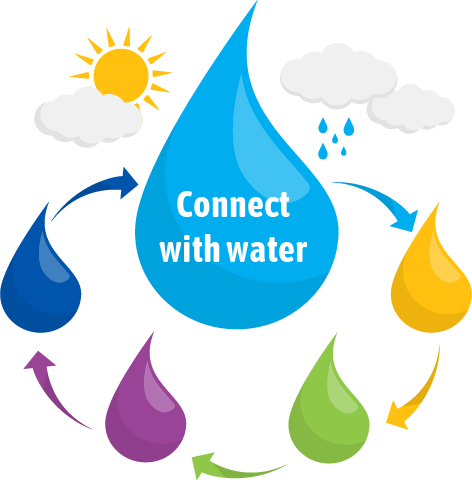
Curriculum links: Levels 3-4
Science: Planet Earth and Beyond: Interacting systems.
Nature of Science: Investigating in Science
Technology: Digital Technology
Activity Idea
In this activity, students learn about the states of water that exist in nature as well as the processes that are part of the water cycle.
By the end of this activity, students should be able to:
- discuss where water can be found in nature and how it changes state
- explain the main processes of the water cycle.
What you need
- Water in Nature - Activity 2 doc
- A device with a camera
- Water
- Recycled materials such as plastic bottles, containers
- Student handout Examples of the states of water in nature
- Student handout Investigating the water cycle
- Water Cycle diagram USGS
FOR TEACHERS
Introduction
Water exists in its different states in nature – as a solid (ice), a liquid (river) and a gas (water vapour). The water cycle happens all around us. Changes in the state of water and the water cycle are driven by the Sun's energy. When liquid water is heated, it evaporates to become water vapour. When water vapour is cooled, it condenses to form liquid water droplets. Precipitation is when water droplets fall back down to Earth as rain, snow or hail.
There is no new water in the system – water in the water cycle has been cycling around the Earth for millions of years. We are interacting with the same water molecules that have existed since prehistoric times.
Water states in nature
Solid water in nature can be ice, snow or hail. Liquid water can be water droplets, clouds, the ocean, streams, rivers, lakes and springs, aquifers and more. Water as a gas in nature is usually water vapour or steam. Fog is a combination of gaseous water vapour and liquid water droplets. Clouds can have all three states of water in them depending on what type they are!
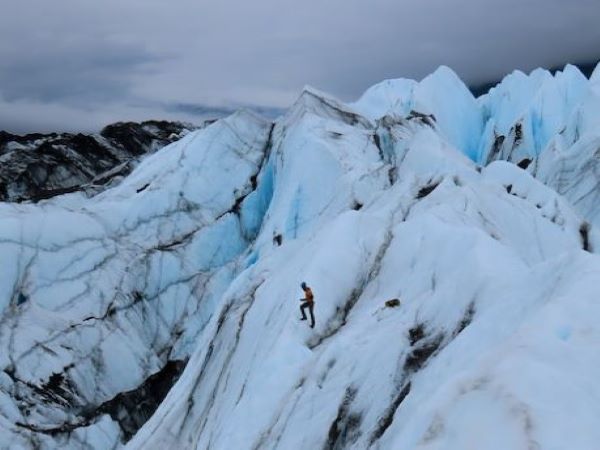
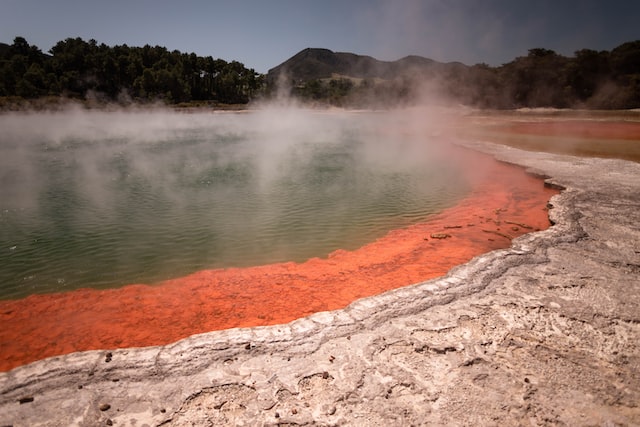
Resources for learning about the water cycle and states of matter
These resources provide background information about the water cycle:
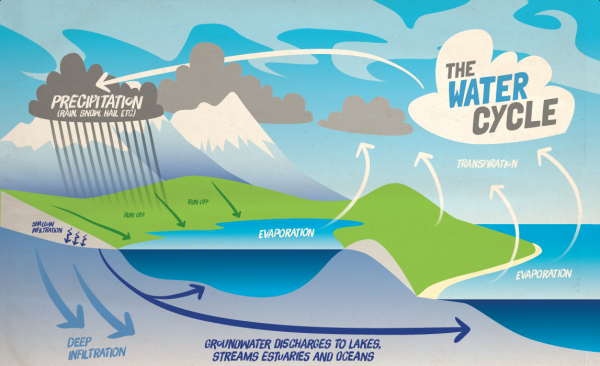
Illustrating the Water Cycle
- Revise the processes in the water cycle (evaporation, precipitation and condensation) with this image of the water cycle.
- Students can then create their own representation of the water cycle through a picture, diagram, song or dance. See example - Smart Water: The water cycle.
- Investigate the different states of water present in nature using the student handout Examples of the states of water in nature.
- Students can explore the water cycle and changes in water’s state by constructing a simple model made of recycled materials using the student handout Investigating the water cycle. They can observe that the same water droplets are cycled around in the model, as in nature.
Questions to deepen student understanding
Questions while viewing the water cycle experiment/model:
- Which processes of the water cycle are visible in your model?
- Which states of water and changes in state can you see?
- What do you observe happening throughout the day in your model?
- What are some similarities and/or differences between what really happens outside and what is happening in your model?
- What are these processes driven by on Earth?
- Can we make more water?
- What happens to water that we ‘throw away’ when we tip it down the sink or pour it on the garden?
Examples of the states of water in nature
Where can you see the different states of water in nature? Take photos of water in different states in your local environment and place them in the table below.
|
State of water |
Example |
Your example |
Other examples |
|---|---|---|---|
|
SOLID |
Ice |
Hail, snow, glacier, sleet, sometimes clouds can have solid water in them too. |
|
|
LIQUID |
River |
Rain, puddles, streams, springs, ponds, wetlands, lakes, clouds, ocean, tap water. |
|
|
GAS |
Water vapour/steam |
Water vapour, steam, clouds. |
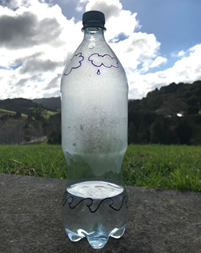
Investigating the Water Cycle
This sealed plastic bottle containing warm water was placed in a sunny spot for over 4 hours. The bottle acts a bit like our atmosphere and shows how water moves around, as it does in our Earth system. You can see the processes of evaporation and precipitation occurring inside the bottle. Liquid water heats up and evaporates into water vapour. The water vapour then rises, coming into contact with the outside of the bottle and cools, condensing into water droplets. These droplets then precipitate, falling back down into the bottle, a bit like rain does from clouds. And on it goes, around in a water cycle!
Your challenge: Design a model that allows you to investigate and observe at least two processes in the water cycle.
|
Criteria for your model:
|
|
| Materials needed | |
| Plan - draw a picture of or describe your model design | |
| Describe two processes from the water cycle and explain how you have observed them | |
| Other observations | |
| Results and conclusions | |
| What worked well with your model? | |
| What challenges did you have? How did you overcome them? | |
ADDITIONAL RESOURCES
Activities
- Learning about the water cycle
- Examples of the states of water in nature
- Investigating the water cycle experiment